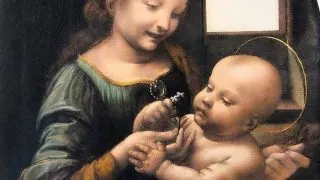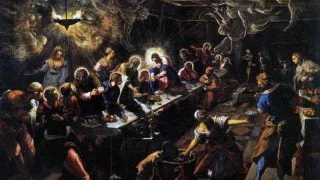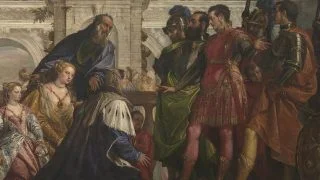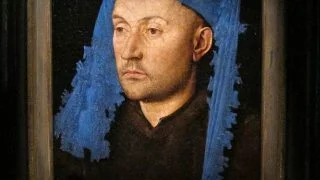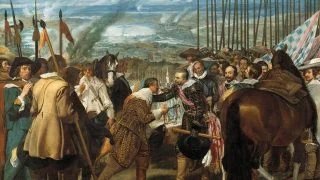The identity of a woman painted by Raffaello Sanzio da Urbino (1483-1520) shortly before he passed away has been up for debate, even though many art historians have somewhat reached a consensus about the matter. Let’s take a closer look at some of the most interesting facts about “La Fornarina,” a painting by Raphael also …
Paintings
Although Leonardo da Vinci (1452–1519) didn’t complete a whole lot of paintings during his lifetime, he can definitely be considered one of the most influential artists of the Renaissance. His talent was so obvious from a young age that he quickly outgrew the talent of his master Andrea del Verrochio (1435-1488) and went his own …
The turbulent life of Caravaggio (1571-1610) took a dramatic turn when he had to flee his native Milan for Rome in the early 1590s. One brawl too many supposedly caused serious harm to a police officer, even though this story has never been confirmed. Either way, he was so talented that his distinctive paintings inspired …
One of the most famous paintings in the world depicts one of the best-known Christian stories. Even though The Last Supper by Leonardo da Vinci only lasted a couple of decades due to the experimental use of materials by the Italian polymath, it’s still considered to be one of the world’s ultimate treasures. The Renaissance …
Flemish artist Peter Paul Rubens (1577-1640), one of the greatest masters of the Baroque period, traveled all across Europe for extended periods. He did, however, have a home city where he established a huge workshop. The city of Antwerp is one of the biggest port cities in the world and is located in modern-day Belgium. …
Italian artist of the Renaissance Tiziano Vecelli (1488-1576), better known as “Titian,” offered to paint a series of paintings for a notorious king in the 16th century. Even though his initial offer was rejected, another king agreed for him to complete the series. One of these remarkable works in the oeuvre of Titian depicts a …
One of the most fascinating works of the Greek artist of the Spanish Renaissance named Domḗnikos Theotokópoulos (1541-1614), better known by his nickname “El Greco,” was also his final one. This work is known as “The Adoration of the Shepherds” and was painted for a very particular purpose. Let’s take a closer look at this …
Paintings of monumental scale, vivid colors, and numerous figures. This pretty much defines the works of Veronese (1528-1588), a Mannerist artist and one of the greatest artists of the 16th-century Venetian School. Paolo Veronese didn’t go overboard with colorization in this work called “The Family of Darius Before Alexander,” but it does fit this grandiose …
Even though the most famous painting by Jan van Eyck is a monumental work called the Ghent Altarpiece, he also created several small and delicate little works. One of these depicts a man wearing a blue hat and is therefore referred to as “Portrait of a Man with a Blue Chaperon.” Let’s take a closer …
Spanish artist of the Baroque period Diego Velázquez (1599-1660) became the court painter of Philip IV of Spain in Madrid during the 1620s. Following a trip to Italy less than a decade later, he painted a work that was inspired by a fierce battle that took place in 1624 and 1625 during the Eighty Years’ …


